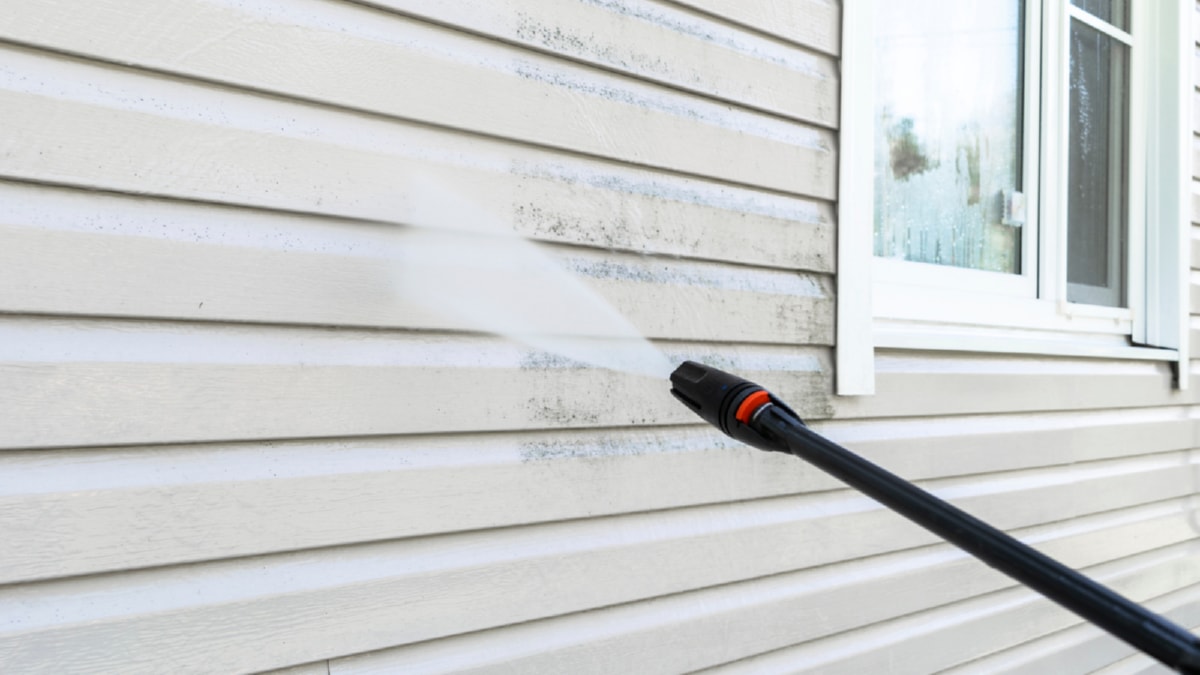The construction industry is one of the largest contributors to global carbon emissions, a fact that has prompted a shift towards more sustainable practices. This shift, known as green construction or sustainable building, aims to reduce the environmental impact of building projects while promoting efficiency and sustainability throughout the lifecycle of a construction project.
Implementing green practices in the construction industry is not only an ethical and environmental imperative, but also a business opportunity. Companies that incorporate sustainable practices often see improved project performance, lower operating costs, and enhanced marketability.
A cornerstone of green construction is the use of environmentally friendly materials. This can encompass everything from sustainably sourced timber to recycled steel. These materials typically have a lower environmental impact in terms of their extraction, manufacturing, and disposal. Moreover, they often provide the same or better performance compared to traditional materials.
In addition to using green materials, sustainable construction processes also prioritize energy efficiency. This can be achieved through a variety of strategies, including the use of high-efficiency appliances and fixtures, advanced insulation techniques, and the integration of renewable energy sources such as solar panels. These features not only reduce a building’s energy consumption but also decrease its long-term operating costs.
Water efficiency is another critical aspect of green construction. Techniques such as rainwater harvesting, greywater recycling, and the use of water-efficient appliances can significantly reduce a building’s water footprint. These practices are not only beneficial for the environment but also for the building’s occupants, who can enjoy reduced water bills.
Waste reduction is also a crucial part of sustainable construction. This can be achieved through careful planning and the use of modular construction methods, which minimize waste by allowing components to be pre-fabricated off-site. Additionally, construction waste can often be recycled or repurposed, further reducing the environmental impact of the project.
Lastly, green construction practices also encompass the careful consideration of a building’s lifecycle. This means thinking about the long-term impact of the building, from its construction and operation to eventual demolition. By designing buildings that are durable, adaptable, and easy to dismantle, we can ensure that they have a positive impact throughout their lifecycle.
In conclusion, implementing green practices in the construction industry is a sustainable approach that benefits not only the environment but also the businesses and individuals involved. By prioritizing environmentally friendly materials, energy efficiency, water efficiency, waste reduction, and lifecycle thinking, we can create buildings that are not only aesthetically pleasing and functional but also sustainable and beneficial to our planet. As we continue to face the challenges of climate change, it is clear that the construction industry has a significant role to play in mitigating its effects. Through green construction, we can build a more sustainable future for all.
For more details, check best masonry services or visit their business listing here.



